Description
FENTANYL PATCH
Buy Fentanyl patch, a strong prescription pain medicine. This Fentanyl is an opioid pain medication, sometimes called a narcotic. The patches are use to treat moderate to severe chronic pain around the clock. Fentanyl patches are use when other pain treatments such as non-opioid pain medicines or immediate-release opioid medicines do not treat your pain well enough or you cannot tolerate them. This medication is used to help relieve severe ongoing pain (such as due to cancer). Fentanyl belongs to a class of drugs known as opioid (narcotic) analgesics. It works in the brain to change how your body feels and responds to pains. Do not use the patch form of fentanyl to relieve pain that is mild or that will go away in a few days. This medication is not for occasional (“as needed”) use. Before you start using this medication, ask your doctor or pharmacist if you should stop or change how you use your other opioid medication(s). It may take up to 24 hours before you have pain relief from fentanyl patches. Other pain relievers (such as acetaminophen, ibuprofen) may also be prescribed. Ask your doctor or pharmacist about using fentanyl safely with other drugs.
The fentanyl skin patch is only use for opioid-tolerant patients. A patient is opioid-tolerant if oral narcotics have already been use for severe pain. Check with your doctor if you have questions about this.
FENTANYL USE
Fentanyl is a powerful synthetic opioid analgesic that is similar to morphine but is 50 to 100 times more potent. It is typically use to treat patients with severe pain or to manage pain after surgery. Read the Medication Guide and, if available, the Instructions for Use provided by your pharmacist before you start using this medication and each time you get a refill. Learn how to properly use, store, and discard the patches. If you have any questions, ask your doctor or pharmacist. This drug exist in patches, powder, pills and injection solutions. Fentanyl patches form is not use to relieve pain that is mild or that will go away in a few days Do not use the patch if it appears to be broken, cut, or damaged. Remove from the sealed pouch, peel off the protective liner, and apply right away to the skin. Press firmly in place with the palm of the hand for 30 seconds, making sure the contact is complete (especially around the edges). If your prescribed dose is for more than one patch, make sure the edges of the patches do not touch or overlap. Wash your hands after applying the patch. If you have problems with the patch not sticking at the application site, you may tape the edges in place with first aid tape. If this problem persists, ask your doctor for advice. If the patch falls off before 72 hours, a new patch may be applied to a different skin site. Be sure to let your doctor know if this happens. If you accidentally touch the sticky layer to your skin or handle a cut or damaged patch, wash the area well with clear water. If the patch comes off and accidentally sticks to the skin of another person, immediately remove the patch, wash the area with water, and get medical help for them right away. Do not use soap, alcohol, or other products to wash the area. The dosage is based on your medical condition and response to treatment. Do not apply more patches than directed, change them more frequently, or use them for a longer time than prescribed. Suddenly stopping this medication may cause withdrawal, especially if you have used it for a long time or in high doses. To prevent withdrawal, your doctor may lower your dose slowly. Tell your doctor or pharmacist right away if you have any withdrawal symptoms such as restlessness, mental/mood changes (including anxiety, trouble sleeping, thoughts of suicide), watering eyes, runny nose, nausea, diarrhea, sweating, muscle aches, or sudden changes in behavior. When this medication is used for a long time, it may not work as well. Talk with your doctor if this medication stops working well. Though it helps many people, this medication may sometimes cause addiction. This risk may be higher if you have a substance use disorder (such as overuse of or addiction to drugs/alcohol). Use this medication exactly as prescribed to lower the risk of addiction. Ask your doctor or pharmacist for more details. Tell your doctor if your pain does not get better or if it gets worse.
. Bellow, are its uses;
- It is used to ease pain.
- This medicine is not for mild pain or pain that only lasts a short time (like headaches, toothaches, or pain after surgery).
- This medicine is only for use by people who have been taking pain drugs (opioids) and are used to their effects.
How to take it
Here are a few steps to guide you on how to take your fentanyl patch treatment. However, this step by step description does not stand as the prescription, dosage or protocol. You need to strictly follow your doctors prescriptions. Hence, use this medicine exactly as directed by your doctor. It will work only if it has been apply correctly. This guide comes just as a reminder. Follow the steps:
- First, note that Fentanyl skin patches are packaged in sealed pouches. Do not remove the patch from the sealed pouch until you are ready to apply it.
- Wash your hands before and after use.
- Take off old patch first.
- Put patch on clean, dry, healthy skin on the chest, back, upper leg, or upper arm.
- Always put the patch in a new area each time you change the patch.
- If there is hair where you are putting the patch, clip the hair as close to the skin as you can. Do not shave the hair.
- Note You do not need to put the patch on or near where you are having pain for it to work.
- If you have a problem with the patch not sticking, you may put first aid tape on the edges of the patch to hold it in place.
- You may bathe, shower, or swim for short periods after putting on the patch. Cover the patch with plastic wrap and tape to help keep it in place.
- If the patch falls off, put a new one on.
What happens if I miss a dose?
If you are using the skin patches on a schedule, apply the missed patch as soon as you remember. Continue wearing the patch for up to 72 hours and then apply a new one if needed for pain. Do not wear extra patches to make up a missed dose.
Caution while using Fentanyl patch
When consuming such a strong drug, some cautions need to be taken for safety, efficiency and effectiveness; Before using fentanyl, tell your doctor or pharmacist if you are allergic to it; or to adhesives; or if you have any other allergies. This product may contain inactive ingredients, which can cause allergic reactions or other problems. Talk to your pharmacist for more details. Before using this medication, tell your doctor or pharmacist your medical history, especially of: brain disorders (such as head injury, tumor, seizures), breathing problems (such as asthma, sleep apnea, chronic obstructive pulmonary disease-COPD), kidney disease, liver disease, mental/mood disorders (such as confusion, depression), personal or family history of a substance use disorder (such as overuse of or addiction to drugs/alcohol), stomach/intestinal problems (such as blockage, constipation, diarrhea due to infection, paralytic ileus), difficulty urinating (such as due to enlarged prostate), disease of the pancreas (pancreatitis), gallbladder disease, slow/fast/irregular heartbeat. This drug may make you dizzy or drowsy. Alcohol or marijuana (cannabis) can make you more dizzy or drowsy. Do not drive, use machinery, or do anything that needs alertness until you can do it safely. Avoid alcoholic beverages. Talk to your doctor if you are using marijuana (cannabis).Tell your doctor promptly if you develop a fever, since this rise in body temperature may cause overdose (see also Warning section). Avoid activities that might cause your body temperature to rise. (such as doing strenuous work/exercise in hot weather).Before having surgery, tell your doctor or dentist about all the products you use (including prescription drugs, nonprescription drugs, and herbal products).During pregnancy, this medication should be used only when clearly needed. It may harm an unborn baby. Discuss the risks and benefits with your doctor. (See also Warning section.) This drug passes into breast milk and may have undesirable effects on a nursing infant. Tell the doctor right away if your baby develops unusual sleepiness, difficulty feeding, or trouble breathing. Consult your doctor before breast-feeding.
- Do not put a fentanyl skin patch on any person who does not have a personal prescription for this medicine.
- This medicine should only be use on skin that is not irritated or injured. Do not put the patch in your mouth, chew it, or swallow it.
- When handling the skin patch, be careful not to touch the adhesive (sticky) surface with your hand. The adhesive part of the system contains some fentanyl, which can be absorb into your body too fast through the skin of your hand. If any of the medicine does get on your hand, rinse the area right away with a lot of clear water. Do not use soap or other cleansers.
- The patch will stay in place better if it is apply to an area with little or no hair.
- If you need to clean the area before applying the medicine, use only plain water.
- Remove the patch after 3 days (72 hours), or as directed by your doctor. Choose a different place on your skin to apply the next patch. If possible, use a place on the other side of your body. Wait at least 3 days before using the first area again.
SIDE EFFECTS
Nausea, vomiting, constipation, lightheadedness, dizziness, drowsiness, or headache may occur. Mild irritation, itching, or redness at the application site may also occur. Some of these side effects may decrease after you have been using this medication for a while. If any of these effects persist or worsen, tell your doctor or pharmacist promptly. To prevent constipation, eat dietary fiber, drink enough water, and exercise. You may also need to take a laxative. Ask your pharmacist which type of laxative is right for you. To reduce the risk of dizziness and lightheadedness, get up slowly when rising from a sitting or lying position. Remember that your doctor has prescribed this medication because he or she has judged that the benefit to you is greater than the risk of side effects. Many people using this medication do not have serious side effects. Tell your doctor right away if you have any serious side effects, including: interrupted breathing during sleep (sleep apnea), mental/mood changes (such as agitation, confusion, hallucinations), severe stomach/abdominal pain, difficulty urinating, slow/fast/pounding heartbeat, signs of your adrenal glands not working well (such as loss of appetite, unusual tiredness, weight loss). Get medical help right away if you have any very serious side effects, including: fainting, seizure, slow/shallow breathing, severe drowsiness/difficulty waking up. This medication may increase serotonin and rarely cause a very serious condition called serotonin syndrome/toxicity. The risk increases if you are also taking other drugs that increase serotonin, so tell your doctor or pharmacist of all the drugs you take (see Drug Interactions section). Get medical help right away if you develop some of the following symptoms: fast heartbeat, hallucinations, loss of coordination, severe dizziness, severe nausea/vomiting/diarrhea, twitching muscles, unexplained fever, unusual agitation/restlessness. A very serious allergic reaction to this drug is rare. However, get medical help right away if you notice any symptoms of a serious allergic reaction, including: rash, itching/swelling (especially of the face/tongue/throat), severe dizziness, trouble breathing. This is not a complete list of possible side effects. If you notice other effects not listed above, contact your doctor or pharmacist. In the US – Call your doctor for medical advice about side effects. You may report side effects to FDA at 1-800-FDA-1088 or at www.fda.gov/medwatch. In Canada – Call your doctor for medical advice about side effects. You may report side effects to Health Canada at 1-866-234-2345.
Common fentanyl patch side effects may include:
- headache, dizziness, drowsiness, tiredness;
- nausea, vomiting, stomach pain, diarrhea, constipation;
- itching, redness, or rash where a patch was worn;
- sleep problems (insomnia); or
- increased sweating, or cold feeling.
BUY FENTANYL PATCH
Buy fentanyl patch, buy fentanyl patch USA and buy fentanyl patch UK from cheappharmacy24x7.com
fentanyl is a synthetic opioid pain reliever, approved for treating severe pain, typically advanced cancer pain.

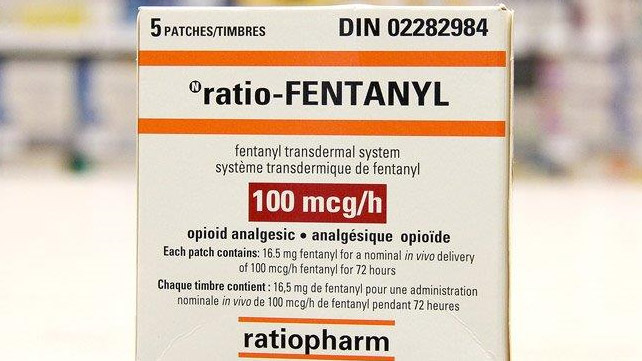
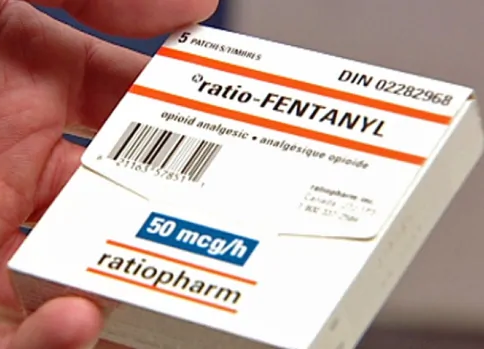
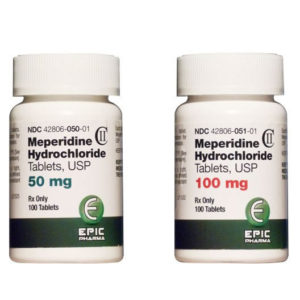
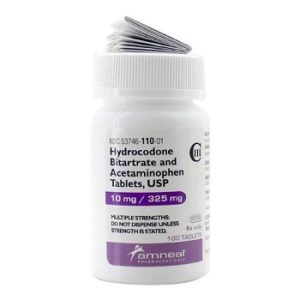

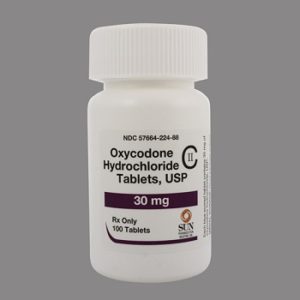
Reviews
There are no reviews yet.